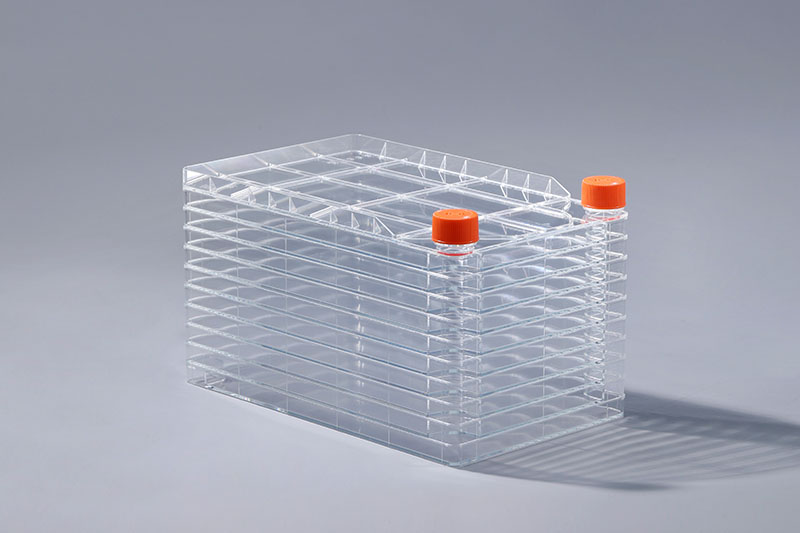세포 성장 곡선은 세포의 절대 성장 수를 결정하는 일반적인 방법이며 세포 생존율을 결정하는 중요한 지표이며 배양 세포의 생물학적 특성에 대한 기본 매개 변수 중 하나입니다. cell factory은 주로 부착 세포의 배양에 사용되므로 세포 성장 곡선을 그리는 방법은 무엇입니까?
일반적으로 세포를 계대한 후 짧은 시간 동안 부유한 다음 부착합니다. 벽, 그리고 다른 길이의 다른 잠복기를 보냅니다. 즉, 대규모 분열의 기하급수적 성장 단계에 들어갑니다. 세포는 포화 밀도에 도달한 후 성장을 멈추고 안정기에 들어간 다음 퇴화하여 죽습니다. 전체 과정에서 세포 수의 동적 변화를 정확하게 설명하기 위해 일반적인 성장 곡선은 네 부분으로 나눌 수 있습니다. 느린 성장 잠복기, 큰 기울기를 갖는 기하급수적 성장기, 고원 모양의 평평한 탑 기간, 퇴화 및 부패. 성장 곡선은 배양 시간(h 또는 d)에 대한 생존 세포의 수(10,000/mL)를 플롯팅하여 얻었습니다.
1. 잠복기: 소화 및 계대배양은 세포에 영향을 미치므로 처리된 세포는 새로운 성장 환경에 다시 적응해야 합니다. 1차 세포는 최소 24-96시간이 필요하고 불멸 세포는 6-24시간이 필요합니다.
2. 대수 성장 단계: 이 단계의 세포 수는 대수 성장 경향을 나타냅니다. 대수 성장 기간은 세포 유형에 따라 다르며 일반적으로 3-5일,
3. 정지 단계: 일반적으로 세포는 결국 성장하여 단층을 형성합니다. 접촉 환경과 세포 수가 서로 적절한 수준에 도달하면 세포가 더 이상 성장하지 않고 활동이 정체 단계에 있게 됩니다.
세포 공장에서 세포의 성장 곡선을 관찰하면 이해할 수 있습니다. 세포의 성장 과정을 분석하여 세포의 증식 속도를 분석하고 세포 계대, 냉동 보존 및 약물 첨가 시간을 결정합니다.
The FAI climbed 5.9 percent year-on-year in the first 11 months of 2018, quickening from the 5.7-percent growth in Jan-Oct, the National Bureau of Statistics (NBS) said Friday in an online statement.
The key indicator of investment, dubbed a major growth driver, hit the bottom in August and has since started to rebound steadily.
In the face of emerging economic challenges home and abroad, China has stepped up efforts to stabilize investment, in particular rolling out measures to motivate private investors and channel funds into infrastructure.
Friday's data showed private investment, accounting for more than 60 percent of the total FAI, expanded by a brisk 8.7 percent.
NBS spokesperson Mao Shengyong said funds into weak economic links registered rapid increases as investment in environmental protection and agriculture jumped 42 percent and 12.5 percent respectively, much faster than the average.
In breakdown, investment in high-tech and equipment manufacturing remained vigorous with 16.1-percent and 11.6-percent increases respectively in the first 11 months. Infrastructure investment gained 3.7 percent, staying flat. Investment in property development rose 9.7 percent, also unchanged.
 English
English



















































